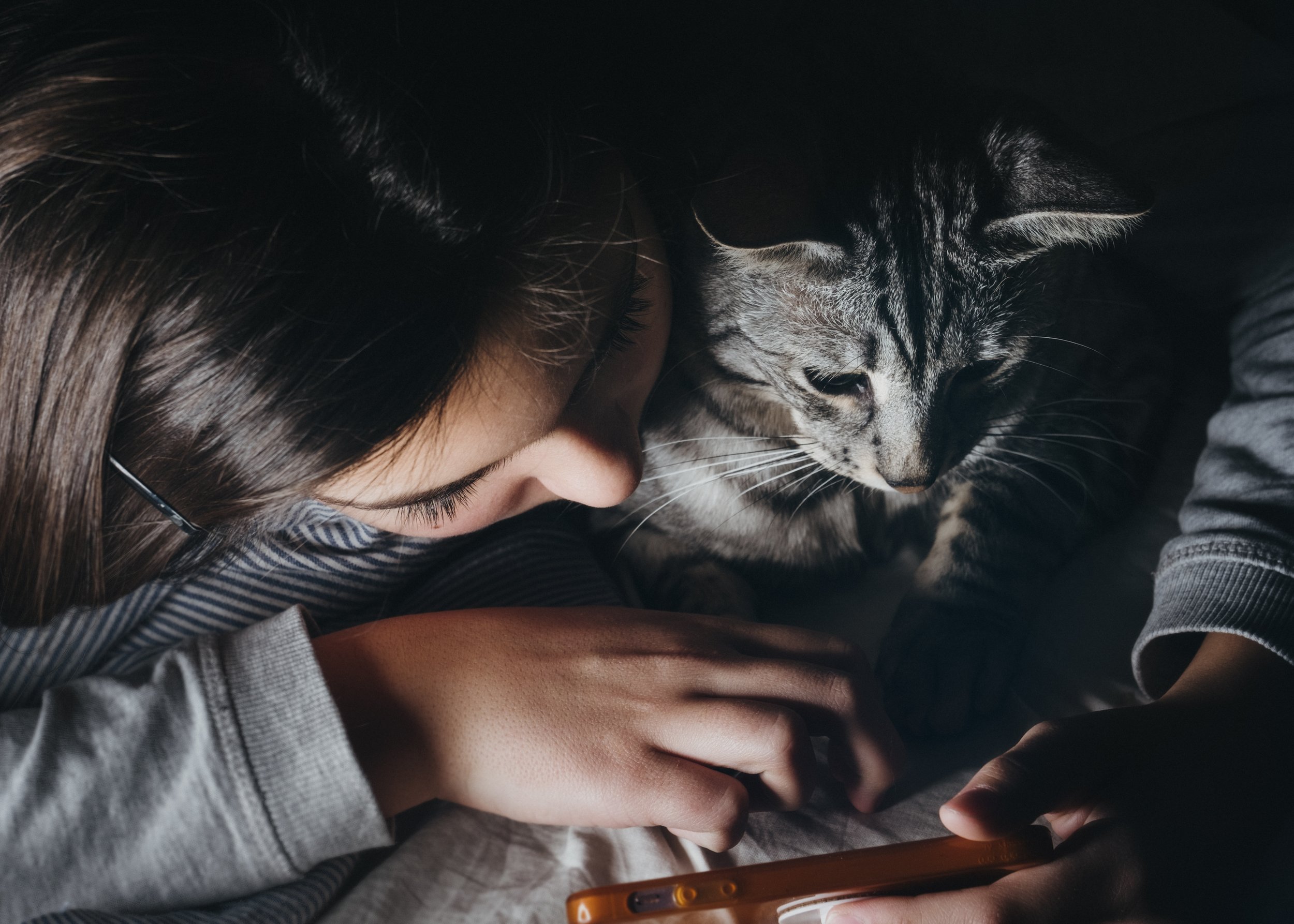Compassionate end-of-life veterinary care provided in the comfort of your home. Contact us today - we are ready to help.
Quality of Life Scorecard
About the QOLSC
Dr. Alice Villalobos, the veterinarian who started Pawspice, a quality of life program for terminal pets, has published a scoring system for life quality called The HHHHHMM scale. The letters stand for: Hurt, Hunger, Hydration, Hygiene, Happiness, Mobility, and More Good Days than Bad.
**This is just another tool to be used to help put qualifiers on some lines that can get blurry during these situations. This system is not an absolute; it is just meant to help your objectivity.
Pet caregivers can use this Quality of Life Scale to help determine the success of hospice care. Score patients using a scale of 1 to 10. (1=no/disagree; 10=yes/agree).
The question to be answered is in bold. The rest is meant to help further define the category to be answered.
Adapted from Villalobos, A.E., Quality of Life Scale Helps Make Final Call, VPN, 09/2004, for Canine and Feline Geriatric Oncology Honoring the Human-Animal Bond, by Blackwell Publishing, Table 10.1, released 2006.
Scorecard Criterion
Click here for a downloadable version of this worksheet.
HURT – First and foremost on the scale: Is pain control adequate? This includes breathing ability. Is the pet's pain successfully managed? Are extra measures like oxygen necessary? - Assign Score 1-10
HUNGER - Is the pet eating enough and getting proper nutrition? Is hand feeding necessary? Does the patient require a feeding tube? - Assign Score 1-10
HYDRATION - Is the patient appropriately hydrated? Can they drink enough on their own, or do they require supplementation via subcutaneous or intravenous fluids?
- Assign Score 1-10
HYGIENE – Can the the patient keep themselves clean? Does it require assistance? (Patients should be brushed and cleaned, particularly after elimination. Appropriate bedding to avoid pressure sores, keep any wounds clean/dressed, etc). - Assign Score 1-10
HAPPINESS - Does the pet express joy and interest? Is the pet responsive and interactive to things around him or her (family, toys, etc.)? Is the pet depressed, lonely, anxious, bored or afraid? Can the pet's hospice area or bed be close to the family activities and not be isolated? - Assign Score 1-10
MOBILITY - Can the patient get up and about? Does the pet need human or mechanical assistance (e.g., a cart)? Does the pet feel like going for a walk? Is the pet having seizures or stumbling? - Assign Score 1-10
MORE GOOD DAYS THAN BAD - Do the good hours or days outnumber the bad ones? When bad days outnumber good days, quality of life might be compromised. When a healthy human-animal bond is no longer possible, the caregiver must be made aware the end is near. The decision needs to be made if the pet is suffering. If death comes peacefully and painlessly, that is okay. - Assign Score 1-10
TOTAL - *A total over 35 points generally represents acceptable life quality

